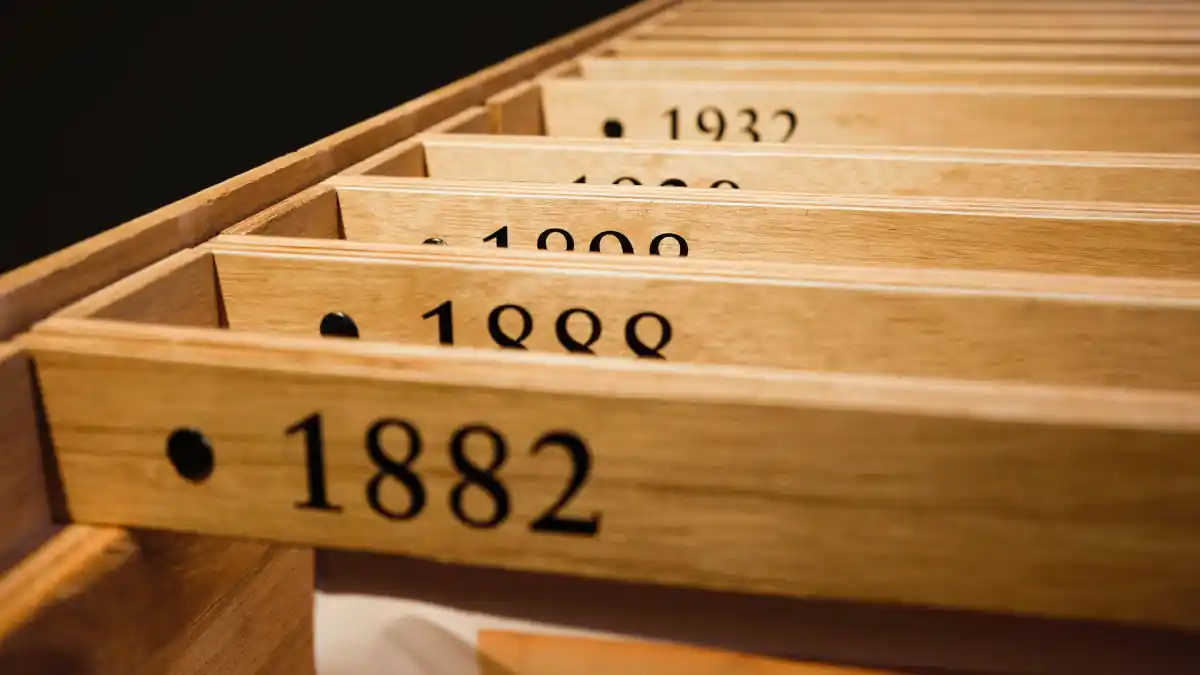Update
This post was written before I fully understood landscape of neurodiversity.
My earlier posts on a productivity system are still relevant. The system works well for autistics and for people with ADHD who need a structure.
We’ve had a look at the requirements for a Calendar and for Task Management. Now we will have a look at the third element of a personal productivity system, the Reference System.
The reference system can be thought of as a library. It fulfils two main functions. Firstly, it’s where you file your medium to long-term information so that you can refer to it when needed. Secondly, it’s a place where you keep active information, for projects and tasks.
Medium to Long-Term Requirements
- Must be secure
- Must have a structure or search capability to find relevant information
- Must be able to maintain information in different formats
- Must be easily accessible
- Must be accessible in a timely fashion
Active Filing Requirements
- Must be secure
- Must be structured to enable quick access
- Must be capable of holding information in different formats
- Must be accessible easily and quickly
- It must be possible for selected parts to be accessible anywhere when needed
- Must be a manageable size for regular maintenance oversight
Flexibility and Adaptability
Looking at the requirements lists it’s not easy to picture one app or filing cabinet that can meet the whole criteria.
Just as your local reference library stores information in various formats (e.g., encyclopaedias, books journals, microfiche, digital), your reference library will be a collection of storage methods. Organising each storage method, or part of your library, in a consistent way makes the reference library powerful for personal productivity.
One of the easiest and biggest gains you can make in personal productivity is to reduce the amount of time you spend searching for the information you already have. Studies suggest that the average knowledge worker spends at least 10% of their time searching for information.
Component parts
Digital
- Email software
- Digital notebook apps
- Digital filing structure for documents e.g., Word, Excel
- Project management software
Physical
- Filing cabinet
- Shelves
- Bookcases
- File folders
Consistency
Having a consistent approach to the high-level hierarchy of your filing makes things much easier to find across the various parts of your reference system.
For example, if your work is based at home, then have different filing cabinets for Home and Work. This is the top level of your hierarchy. In each of these cabinets use separate drawers for Long Term Reference and Active Projects. This is the next level in your hierarchy.
Now create the same hierarchy in your digital filing and in your email software.
Your Reference Library
What info do you need to keep? Do you want long-term reference to be 100% digital storage, or do you need paper filing as well? Do you want to take a physical folder out of a drawer to work on your project, or open a digital file? Devote some thinking time to how you like to work, and the detail of your system will follow.
If you have any questions, you can ask in the comments below or drop me an email.

Leave a Reply